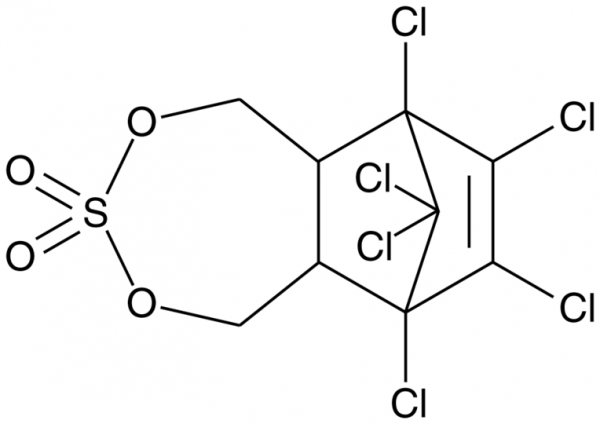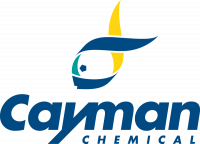Cookie preferences
This website uses cookies, which are necessary for the technical operation of the website and are always set. Other cookies, which increase the comfort when using this website, are used for direct advertising or to facilitate interaction with other websites and social networks, are only set with your consent.
Configuration
Technically required
These cookies are necessary for the basic functions of the shop.
"Allow all cookies" cookie
"Decline all cookies" cookie
CSRF token
Cookie preferences
Currency change
Customer-specific caching
FACT-Finder tracking
Individual prices
Selected shop
Session
Comfort functions
These cookies are used to make the shopping experience even more appealing, for example for the recognition of the visitor.
Note
Show the facebook fanpage in the right blod sidebar
Statistics & Tracking
Affiliate program
Conversion and usertracking via Google Tag Manager
Track device being used

| Item number | Size | Datasheet | Manual | SDS | Delivery time | Quantity | Price |
|---|---|---|---|---|---|---|---|
| Cay24255-50 | 50 mg | - |
6 - 10 business days* |
67.00€
|
|||
| Cay24255-100 | 100 mg | - |
6 - 10 business days* |
120.00€
|
If you have any questions, please use our Contact Form.
You can also order by e-mail: info@biomol.com
Larger quantity required? Request bulk
You can also order by e-mail: info@biomol.com
Larger quantity required? Request bulk
Endosulfan sulfate is a major metabolite of endosulfan, a broad-spectrum organochlorine... more
Product information "Endosulfan sulfate"
Endosulfan sulfate is a major metabolite of endosulfan, a broad-spectrum organochlorine insecticide. Endosulfan sulfate is formed through oxidation of endosulfan by bacteria and fungi in the environment, where it is considered a persistent organic pollutant (POP). It accumulates in the liver and gonads of wild silverside fish (O. bonariensis) and is found in higher amounts in mature fish than pre-spawning fish. Levels of endosulfan sulfate in the gills of mature O. bonariensis correlate with increased levels of lipid peroxidation. It is toxic to freshwater fish, including G. affinis, H. formosa, P. latipinna, and P. promelas, with LC50 values ranging from 2.1 to 3.5 µg/L after a 96-hour exposure. Endosulfan sulfate is the main metabolite found in the liver of mice following endosulfan administration at doses of 0.3 and 3 mg/kg. It decreases the levels of glutathione (GSH) and malondialdehyde (MDA), a product of lipid peroxidation, in the liver, but increases MDA in the kidney when administered at a dose of 3 mg/kg.Formal Name: 6,7,8,9,10,10-hexachloro-1,5,5a,6,9,9a-hexahydro-6,9-methano-2,4,3-benzodioxathiepin, 3,3-dioxide. CAS Number: 1031-07-8. Synonyms: Endosulfan III. Molecular Formula: C9H6Cl6O4S. Formula Weight: 422.9. Purity: >98%. Formulation: (Request formulation change), A solid. Solubility: DMSO: Slightly Soluble, Methanol: Slightly Soluble. SMILES: ClC1(C2(Cl)Cl)C(COS(OC3)(=O)=O)C3C2(Cl)C(Cl)=C1Cl. InChi Code: InChI=1S/C9H6Cl6O4S/c10-5-6(11)8(13)4-2-19-20(16,17)18-1-3(4)7(5,12)9(8,14)15/h3-4H,1-2H2. InChi Key: AAPVQEMYVNZIOO-UHFFFAOYSA-N.
| Keywords: | Endosulfan III, 6,7,8,9,10,10-hexachloro-1,5,5a,6,9,9a-hexahydro-6,9-methano-2,4,3-benzodioxathiepin, 3,3-dioxide |
| Supplier: | Cayman Chemical |
| Supplier-Nr: | 24255 |
Properties
| Application: | Organochlorine insecticide metabolite, persistent organic pollutant (POP) |
| MW: | 422.9 D |
| Formula: | C9H6Cl6O4S |
| Purity: | >98% |
| Format: | Solid |
Database Information
| CAS : | 1031-07-8| Matching products |
Handling & Safety
| Storage: | -20°C |
| Shipping: | +20°C (International: -20°C) |
| Signal Word: | Danger |
| GHS Hazard Pictograms: |
|
| H Phrases: | H300, H400, H410 |
| P Phrases: | P264, P270, P273, P321, P330, P391, P301+P310, P405, P501 |
Caution
Our products are for laboratory research use only: Not for administration to humans!
Our products are for laboratory research use only: Not for administration to humans!
Information about the product reference will follow.
more
You will get a certificate here
Viewed

